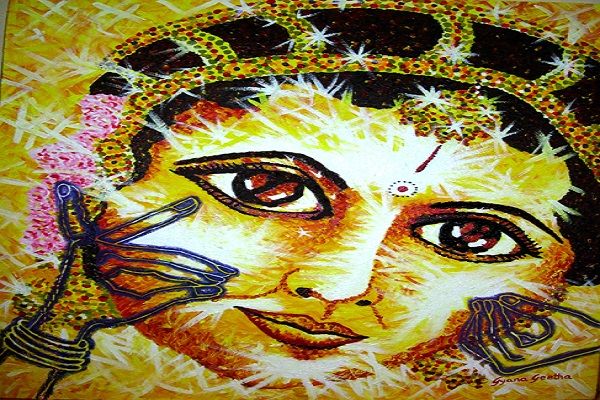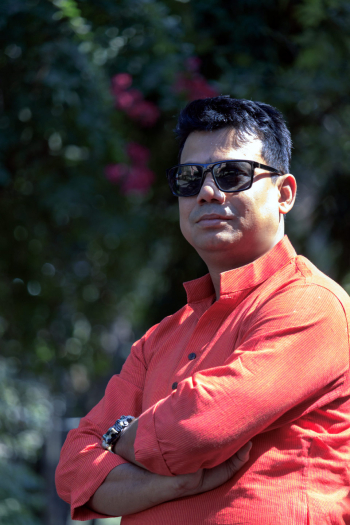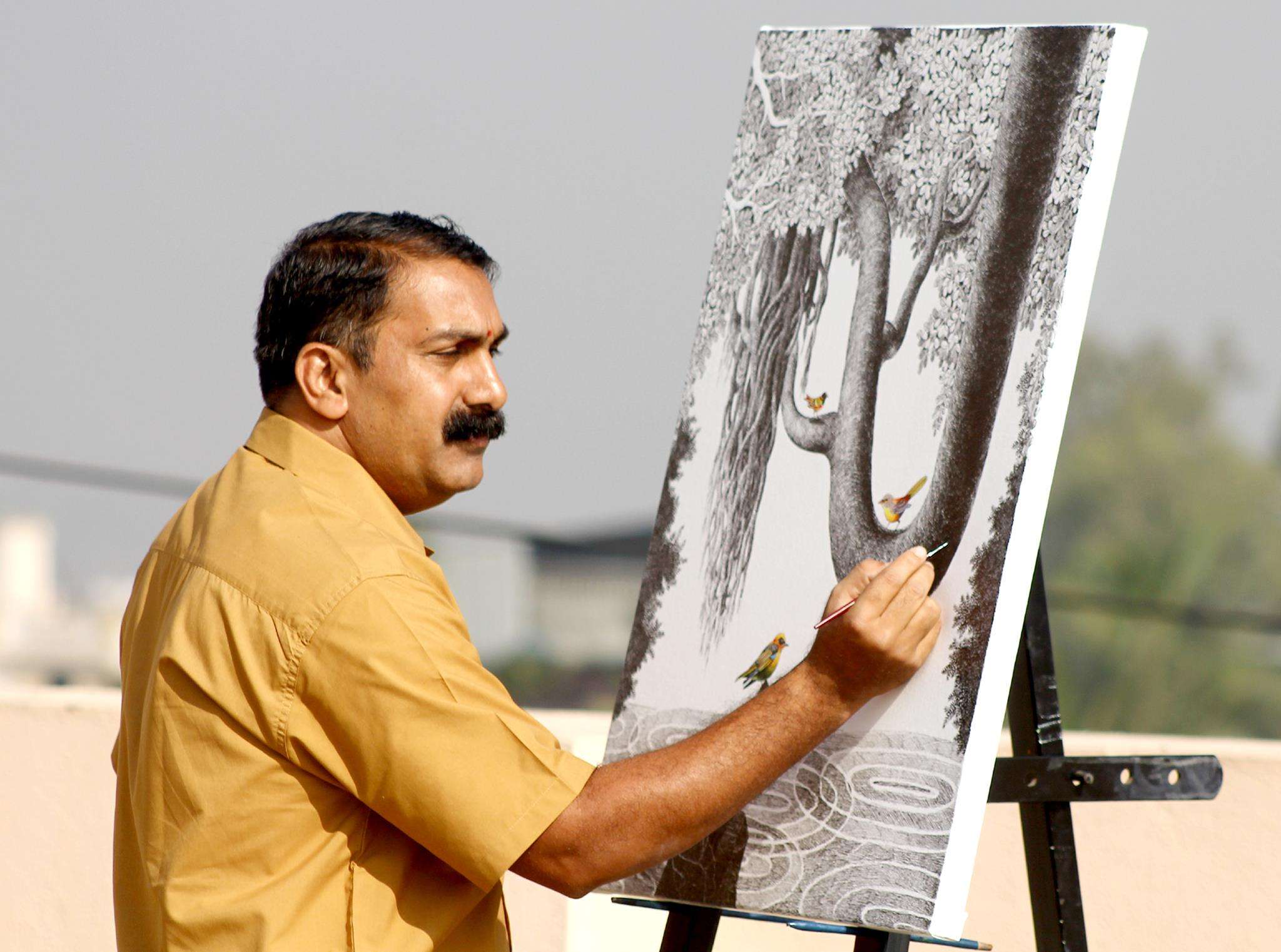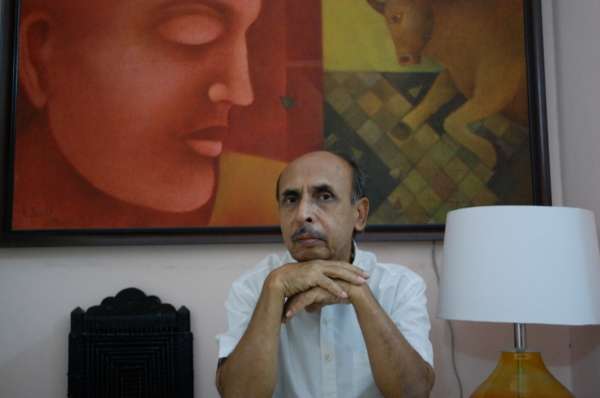
India has often been described as a land rich with art, customs and diverse culture. Most people, predominantly those staying in the countryside, make their livelihood by practicing different forms of traditional art and crafts.
Indian traditional paintings are in a true sense India's pride. They actually mirror the ancient tradition and legacy. Since time immemorial, paintings that have decorated the home walls and courtyards of the villagers and tribal people were largely overlooked as nascent forms of manifestation. These paintings lack refinement and opulence, so elitist groups who were associated with pure art forms did not give them considerable exposure. In the 20th century, some scholars conducted research on the subject and recognized the real value of Indian paintings.
Among different forms of traditional art that are not commonly known is Kalighat paintings. Have you ever heard about Kalighat paintings? What makes these paintings different from others? These are some of the unanswered questions. Through this post, let’s discover answer to these questions.
Kailghat paintings originated dating back to the 19th Century in the market area close to the Kalighat temple, in Kolkata, Bengal. Initially, this artwork was used as an item of souvenir taken by the visitors of the Kali temple, but eventually, these paintings evolved. In the early days, Kalighat traditional paintings mainly represented Hindu mythological based themes. Later on, artists laid more emphasis on mundane, profane, social and the current political themes as well. These types of paintings inimitably reflect the cultural and socio-economic milieu of India, thereby giving us a clear impression about the life and work in that specific region. The technique, choice of colors and combinations used by the artisans vary vastly from state to the state of India.
These paintings started manifesting the new moral principles and values of a modern society. Some distinguished Indian artists even created Imam Husain's horse, Duldul, and various traits of Islam, with the intention to make their Muslim clients happy. Thus, this form of art arisen as a dynamic form of manifestation, ingeniously coalescing customary techniques to form modern imageries, attitudes and perceptions.
Eventually, Hindu artisans from different regions of Bengal voyaged into Kalighat and established their occupation there. That entire region around the temple soon recognized as Pata-Para or the artists' vicinity. Many artists who started practising these paintings as a leisure-time pursuit soon became more serious towards the creation of this form of art. There had been a surge in demand for these paintings, so the supply was met accordingly. With the rising reputation of these paintings, people increasingly ornamented their home walls with them.
The artists who made Kalighat paintings hailed from pastoral regions of Bengal. Their paintings, henceforth, were an impression of their own insight about urban life and society during that period. For instance, they splendidly depicted their scorn towards the "Babu" culture which elevated its hood then, the upswing of feminism and liberal approaches, religious double standards, social dishonesty and so on. The paintings here would not stop with being mute works of art - they actually portrayed a dynamic society, evolving each and every day.
The Kalighat paintings actually echoed the painters' own orthodox state of mind and fear of the rapid social vicissitudes going on at that point of time. Popular motifs depicted mainly were of Rani of Jhansi on horseback, man wooing their concubines, cats with Hindu holy inscriptions on the temple as a reference to wickedness, and so on. There was an upsurge in antagonism against the British Raj, so they expressed their sentiments of the victory of good over evil, signifying the eventual victory of India over the British rule in their artwork.
The most significant and captivating aspect of the Kalighat traditional paintings was that they were simple illustrations and could be easily recreated through lithography. Such prints were colored with hands by artisans, thus giving the entire picture an exquisite appeal. This trend continued up to the initial phase of the 20th century and later on, was showcased in museums and private collections. Kalighat paintings truly captured the essence of everyday life and even inspired modern artistes like the late Jamini Roy.
Kalighat paintings gained new heights of popularity in the twentieth century when Parsi clans competed with each other to obtain them. The main intent behind the creation of Kalighat was to paint a dynamic picture that subliminally captures the subject rather than simply representing it. The general usage of figures and flat surfaces forged the two-dimensional excellence of the picturesque space. The extensive level surfaces, the bold lines, the linear tensions, the effervescent colors and the symmetrical curves efficiently merged together to bring out rhythmic effect in paintings. Sadly, the artisans left their artwork unsigned, so significant information about them has sunk into oblivion and faded away.





















